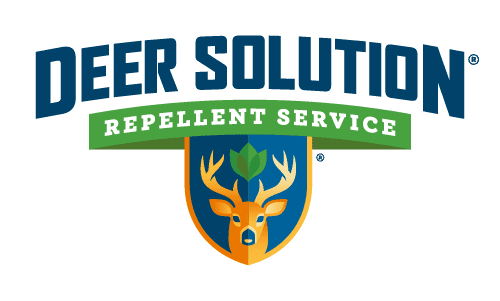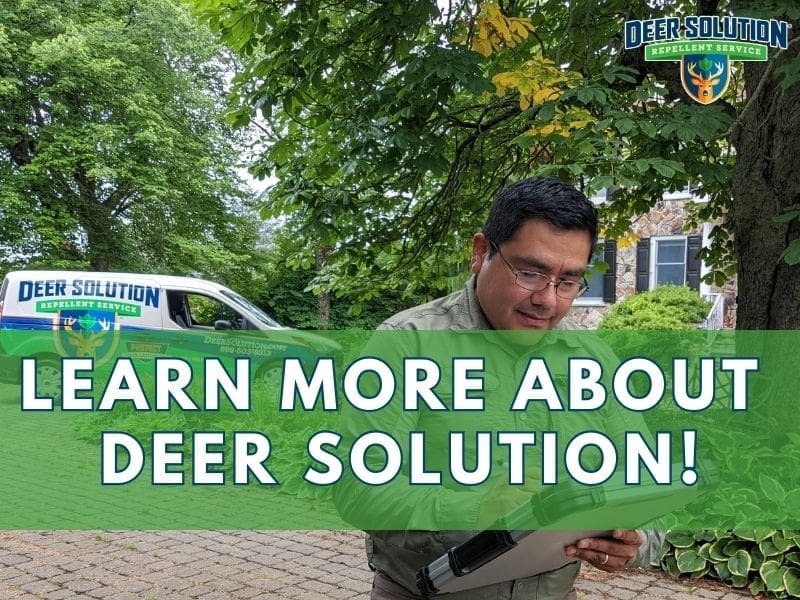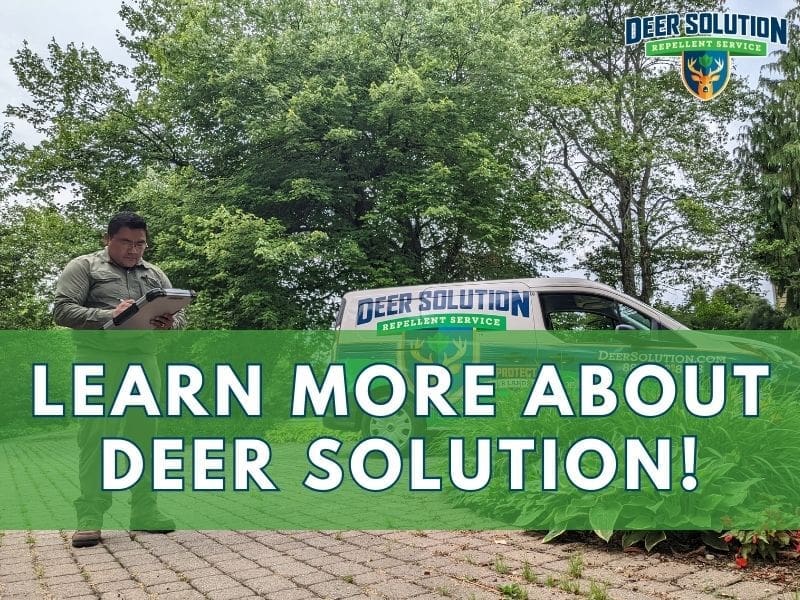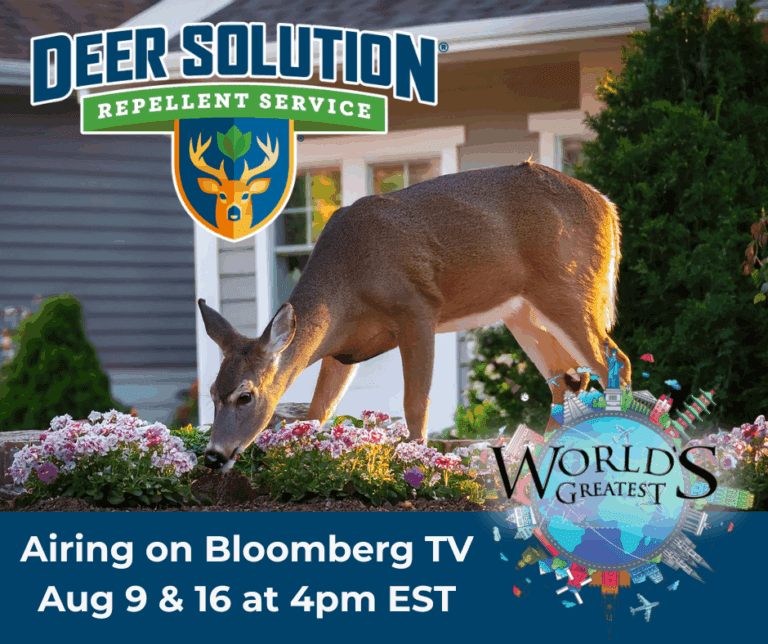In Northampton County, Pennsylvania, the issue of deer overpopulation is not just a matter of wildlife management; it’s a question that intertwines with agricultural sustainability, road safety, and ecological balance.
The recent Pennsylvania Game Commission report sheds light on this growing concern, revealing a 12% increase in the white-tailed deer harvest in the 2022-23 seasons compared to the previous year. This rise in deer population is a clear indicator of an ecological imbalance that poses challenges not only to the natural environment but also to the livelihoods of local farmers and the safety of motorists.
Agricultural Impact and Economic Strain
The overpopulation of deer in Pennsylvania, including Northampton County, has led to significant agricultural challenges.
According to the USDA, Pennsylvania ranks among the top states in the nation for wildlife-related crop damage, with over $35 million in combined losses for corn and soybean crops in 2017. Farmers like the Waddells are at the forefront of this struggle, witnessing a sharp decline in grain corn yields due to deer damage.
Their experience, from an expected yield of 160-170 bushels per acre to a mere 60-90, mirrors the broader impact on Pennsylvania’s agricultural sector. This reduction in yield not only affects farmers’ immediate output but also complicates their crop rotation and overall farm planning, leading to a significant financial strain.
Road Safety Concerns
The increase in deer population correlates with a rise in deer-related car accidents. Data from State Farm Insurance Company indicates that Pennsylvania has one of the highest rates of wildlife-related accidents in the country.
This issue extends beyond the fields and forests into the daily lives of residents, posing a significant risk to road safety.
Deer Damage to Trees and Ecosystems
The question of whether trees can recover from deer damage is complex. While young trees are particularly vulnerable, with their main stems being critical for growth, mature trees may exhibit more resilience. However, the extent of recovery often depends on the severity of the damage. Deer browsing can stunt the growth of young trees or even lead to their death.
In contrast, mature trees might endure the damage but can suffer long-term health impacts, affecting their growth and contributing to ecosystem imbalance.
Seeking Sustainable Solutions
The Pennsylvania Farm Bureau acknowledges the complexity of managing deer populations and mitigating crop damage. While current programs like the Red Tag and DMAP offer some relief, they are often insufficient.
The bureau, along with other stakeholders, is actively seeking multi-pronged approaches that involve effective wildlife management strategies along with the needs of agriculture and public safety.
The deer overpopulation issue in Northampton County presents a multifaceted challenge that affects not just the agricultural sector but also road safety and natural ecosystems.
Addressing this issue requires a balanced approach that integrates effective wildlife management strategies with the needs of agriculture and public safety.










